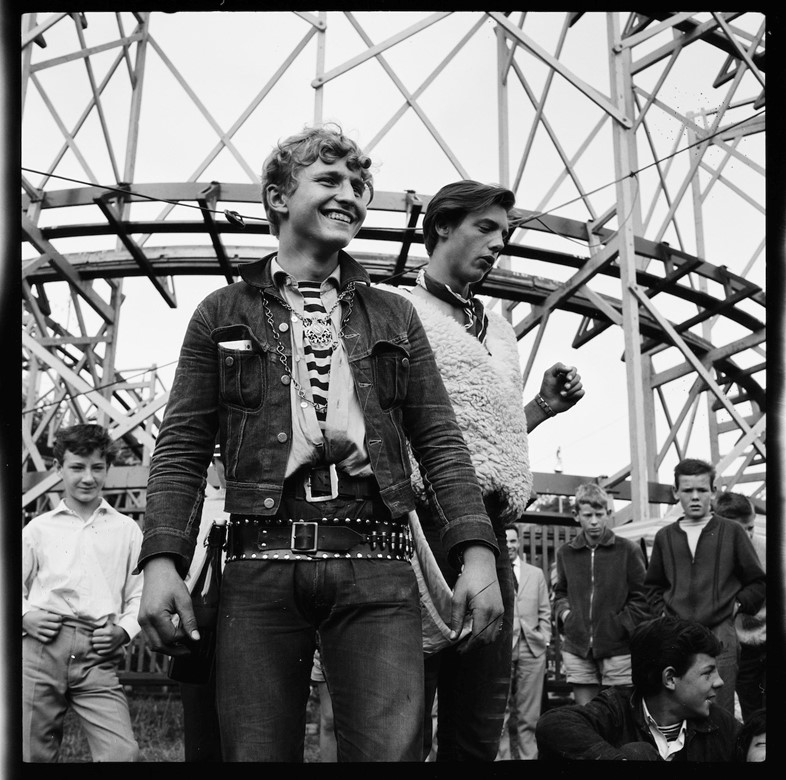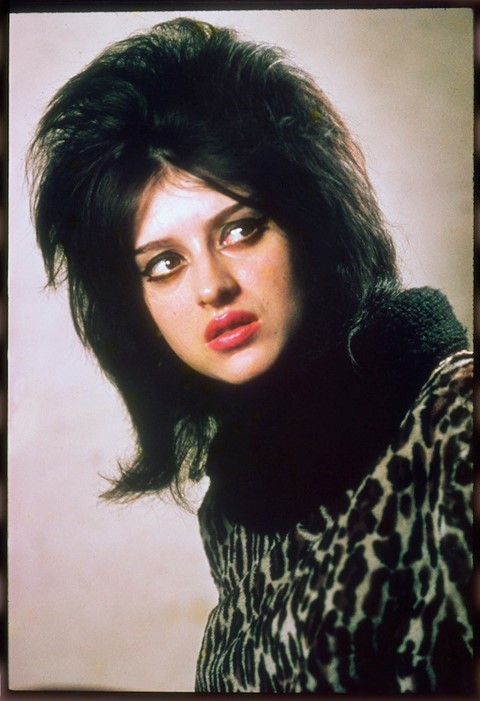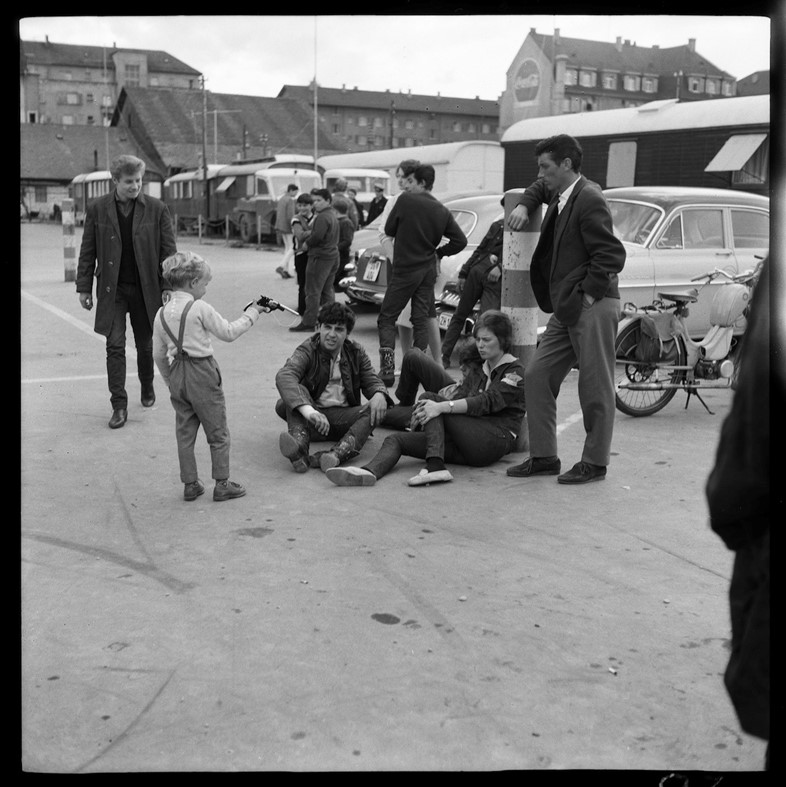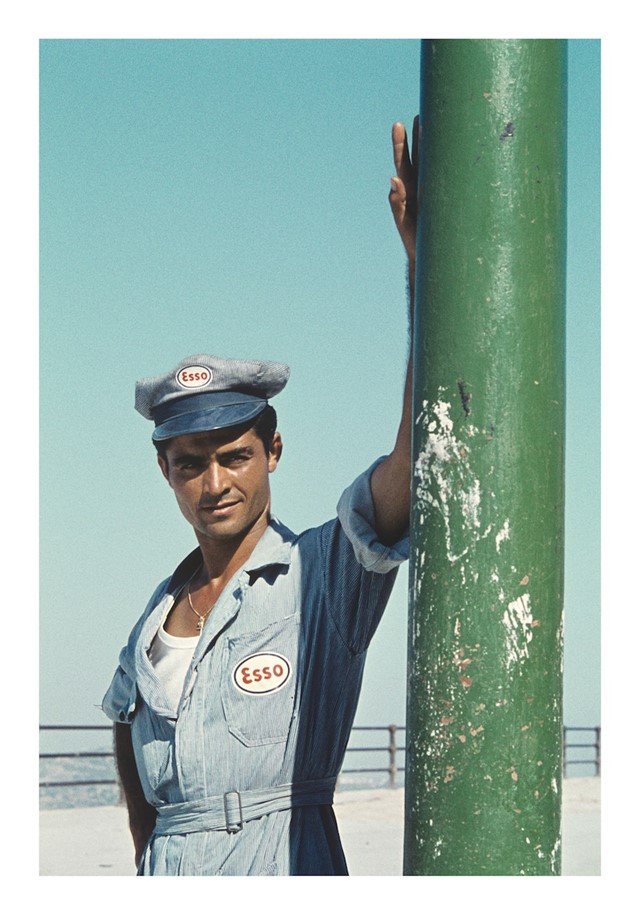Switzerland’s oppressive postwar society gave rise to a new generation of Americana-obsessed counterculture – and photographer Karlheinz Weinberger documented it in all its glory
Who? Karlheinz Weinberger’s personal narrative seems a peculiar match for the legacy of striking images he left behind. Born in Zurich in 1921, he lived for his whole life in the apartment he grew up in, and worked for more than 30 years as a clerk for the local Siemens-Albis factory. And yet, in his personal work the self-taught photographer let his vision flourish, creating an impressive body of portraits capturing Switzerland’s most under-represented and sartorially striking counterculture. After years of having been shrouded in obscurity, Weinberger’s work was finally brought to public attention in the years just before his death in 2006, and has since been exhibited at The Photographer’s Gallery in London and the Swiss Institute in New York.

What? Weinberger began to take pictures as a teenager, becoming a member of the Bund der Naturfreunde photography club, and as an adult he devoted all of his spare time to photography: in an interview timed with his first show, held at the Museum für Gestaltung Zürich in 2000, he stated that his real life started on Friday night and ended on Monday morning.
This obsession with image-making manifested itself most appealingly in his photographs of the Halbstarken, or ‘Half-Strong’ gang, a coterie of nattily dressed working-class youths that Weinberger followed and catalogued from 1958 onwards. These adolescents dressed in homage to their American idols, notably Elvis Presley, Marlon Brando and James Dean circa Rebel Without a Cause, representing a provocative resistance against the oppressive postwar mentality which proliferated during that era. They posed for the photographer on the streets of Zurich, in the studio of Weinberger’s mother’s apartment, or in public parks. His images convey a deep curiosity and admiration for their bold, hyper-stylised looks, so carefully customised: torn denim, makeshift zipper closures, layered chains and pendants, multiplied belts, tattered boots and jackets inscribed with gang affiliations.

The filmmaker John Waters, a major fan of the Swiss photographer’s work, commented on his archive in an interview with The Fader: “it was a fashion cult in a way, disguised as a gang. There was this tiny, tiny group of people that looked like that, and thank God Weinberger noticed, because they really needed somebody to notice… I think that exhibitionists need a voyeur, and he documented them like rare butterflies.”
Once the Halbstarken movement petered out, Weinberger focused on Hell’s Angel-style bikers and motorcycle clubs; he attended their parties and gatherings. When immigrants descended en masse in postwar Switzerland, he photographed this sector of the populace. He also worked for Der Kreis, an underground international gay magazine published between 1932 and 1967, using the pseudonym ‘Jim’.

Why? Aggressive and exciting, with a heady note of homoeroticism, Weinberger’s images resonate presciently today, both sartorially and artistically. By documenting scenes far removed from the image of conversatism so commonly attributed to his native country, Weinberger offered a striking alternative community – a portal into a maverick subculture. This summer his Swiss Rebels series goes on display at the Rencontres d’Arles photography festival, in a new exhibition curated by François Cheval. They’re as powerful as ever before.

Karlheinz Weinberger, Swiss Rebels is on display at the Magasin Électrique, Parc des Ateliers in Arles, until September 24, 2017.
